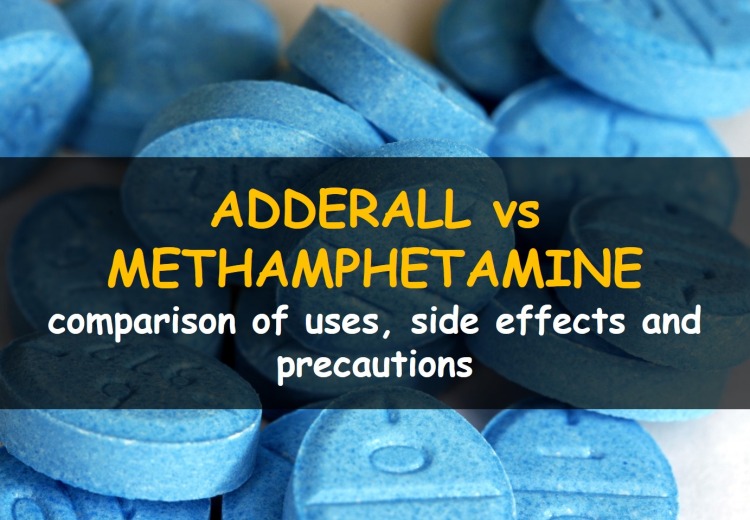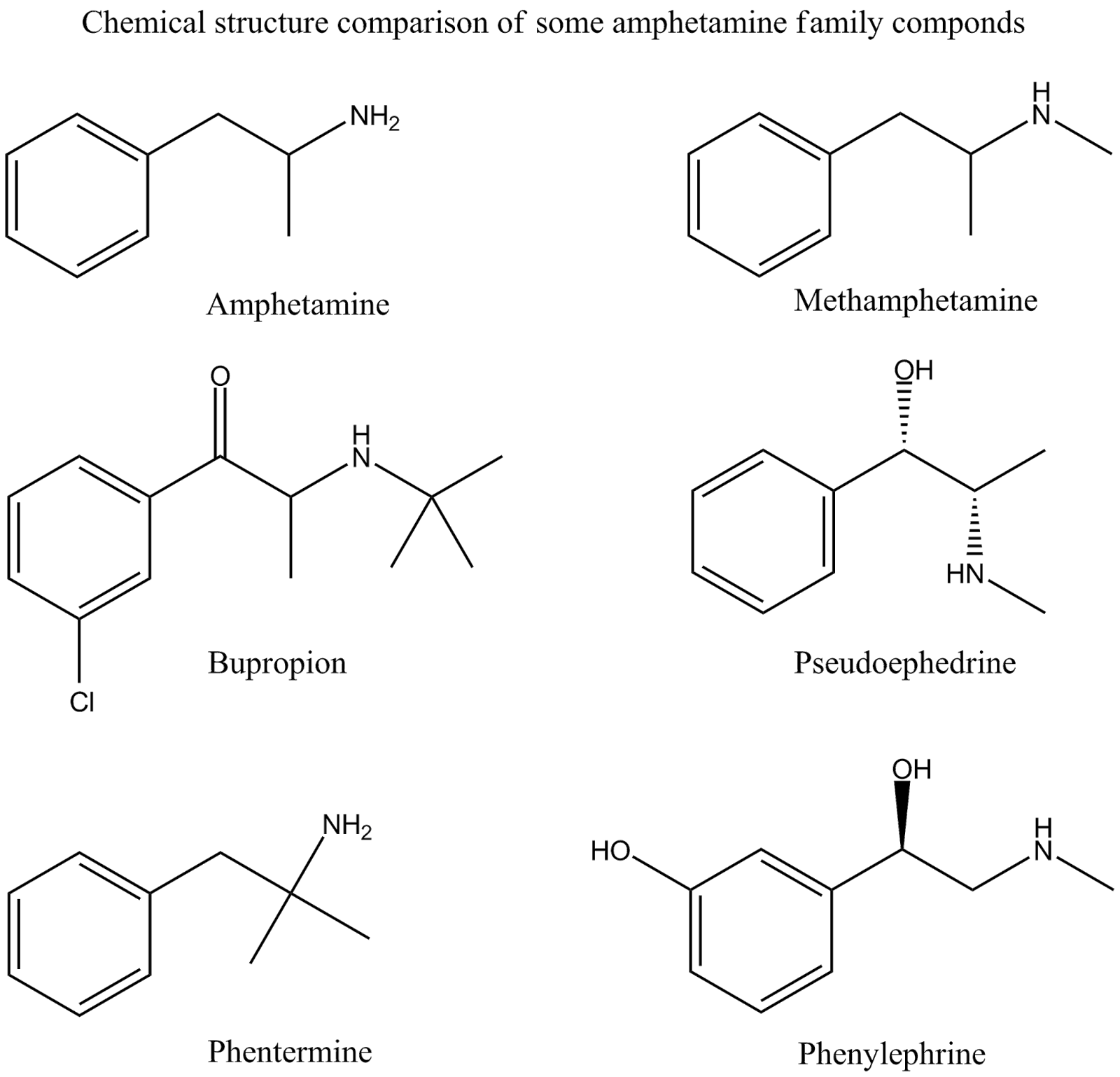
Thus, the objective of this work was to identify the inflammatory-inducing toxins contained in the prickles of C. Currently, chemical and biological properties of the endogenous fluid from the prickles of C. Johnst (Euphorbiaceae) is a stinging plant widely distributed in the south of Mexico. Younger age, less calcification of the aortic valve, and a remarkable midline shift may be the keys to recognition.Ĭnidoscolus multilobus (Pax.) I.M. Forensic radiologists should be aware of the possibility of ICH with MA poisoning if fatal hemorrhage is detected on PMCT. On PMCT comparison of ICH, statistically significant differences were evident in the midline shift distance and calcification of the aortic valve. A statistically significant difference in ages was observed between the two groups. Of the 3044 cases, 97 were nontraumatic fatal hemorrhage of these 97 cases, 20 were classified as MA poisoning with 9 ICH cases, and 60 cases were classified as non-MA poisoning with 14 ICH cases. The PMCT findings were compared with respect to nine parameters: volume of hematoma, ventricular perforation, midline shift distance, aortic calcification, calcification of aortic valve, calcification of coronary artery, cardiothoracic ratio, circumference of ascending aorta, and volume of bladder contents. Second, cases of ICH on the basal ganglia and brain stem were extracted. First, the incidence and distribution of all cases of nontraumatic fatal hemorrhage with various causes were examined. Consecutive medicolegal autopsy data from November 2011 to February 2018 were searched for 3044 cases. The study also attempted to determine the differences in PMCT between those two groups. The purpose of this study was to assess the incidence of fatal hemorrhage complicated with methamphetamine (MA) poisoning and to examine the postmortem computed tomography (PMCT) features of fatal intracerebral hemorrhage (ICH) with and without MA poisoning.

The promotion of closer interactions between analytical, clinical, and pharmaceutical scientists who are involved in research and product development with metrologists who develop standards and methodological guidelines is critical to advance research on dietary supplement characterization and health effects. A new frontier for metrology in dietary supplement science is described, including opportunities to improve methods for analysis and data management, development of relevant standards and good practices, and communication of these developments to researchers and analysts, as well as to regulatory and policy decision makers in the public and private sectors. Case studies provide examples of applying metrological principles in thorough analytical characterization of supplement composition to clarify their health effects. Quality assessment, statistical methods, and optimized methods for data management are also discussed. An assessment of current and emerging dietary supplement characterization methods is provided, including targeted and non-targeted techniques, as well as data analysis and evaluation approaches, with a focus on chemometrics, toxicity, dosage form performance, and data management. This article discusses the utility of applying rigorous analytical techniques and adopting metrological principles more widely in studying dietary supplement products and ingredients, particularly medicinal plants and other botanicals.

Yet, metrology is often underappreciated and underutilized in dealing with the many challenges presented by these chemically complex preparations. The increased utilization of metrology resources and expanded application of its’ approaches in the development of internationally agreed upon measurements can lay the basis for regulatory harmonization, support reproducible research, and advance scientific understanding, especially of dietary supplements and herbal medicines.


 0 kommentar(er)
0 kommentar(er)
